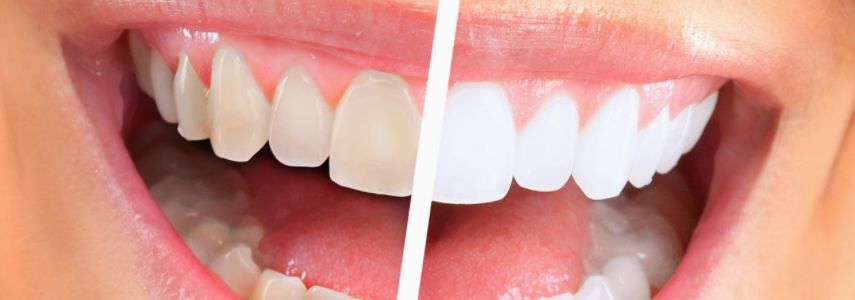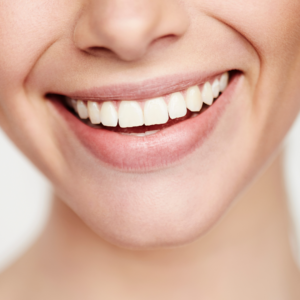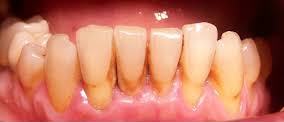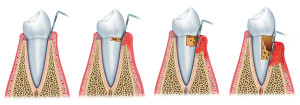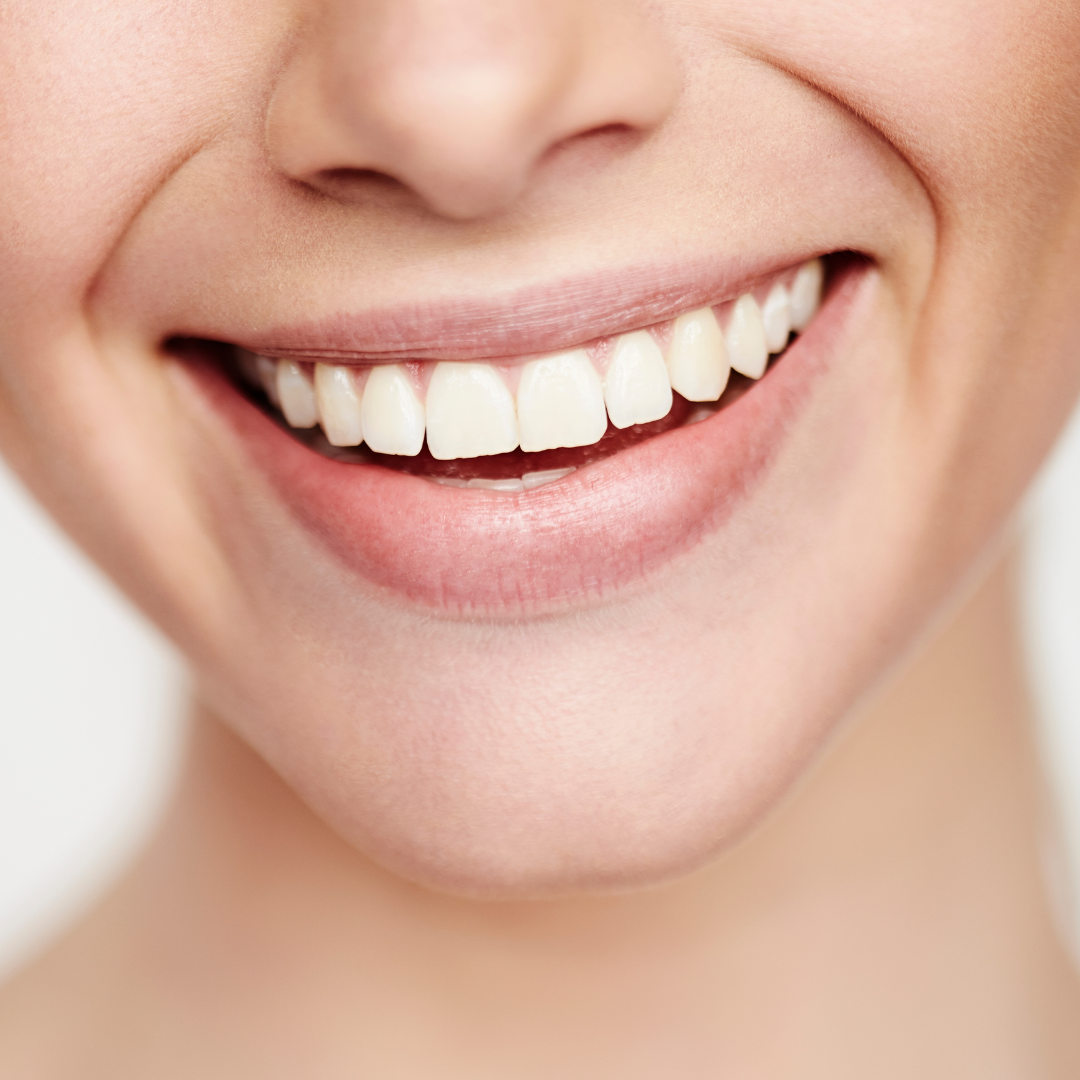Enamel erosion is a very common problem in the field of dentistry. Enamel is the hardest tissue in the human body, but it is subject to wear, day after day.
The enamel is directly related to the appearance of our smile, but in addition to the aesthetic function, one of its main functions is to protect the internal part of the tooth, the most sensitive part, where the connective tissues are present.
Tooth enamel has a high mineral content to which it owes its consistency, but once the erosion process has started, the organism is no longer able to restore it, because there are no cells in it capable of regenerating.
What causes lead to enamel erosion?
The erosion of the enamel can affect anyone and at any age. Alle volte il processo di usura dello smalto non è immediatamente visibile, ma se ignorato può esporre il dente a molti pericoli.
To facilitate the erosion process of dental enamel is certainly the presence of acid pH in the mouth. Food and drink can affect the natural pH of the oral cavity, causing acid attacks that slowly erode the enamel to the point of injury.
Acid substances are not always closely related to poor nutrition; in fact, all foods, even those that we consider “healthy”, such as fruit juice, can be the cause of an acid pH.
We can summarize in a list what are the main causes of enamel erosion:
- drinks with a high level of phosphoric and citric acid (carbonated drinks and other soft drinks including fruit juices)
- Dry mouth
- Excessive sugar consumption
- Gastroesophageal reflux
- Drug treatments continued for a long time
- Bruxism
- Genetic factors
- Food disorders
- Poor oral hygiene
In all these cases, erosion begins on the surface of the enamel which thins day by day until it is subject to micro lesions or in severe cases to fractures. The lack of a sufficient layer of enamel exposes the internal part of the tooth to the danger of infections, from caries to pulpitis.
What are the recognizable symptoms of enamel erosion?
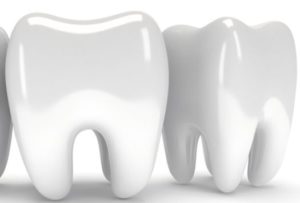 The easiest symptom to detect during enamel erosion is tooth hypersensitivity. Thermal stimuli, hot / cold, can cause pangs of pain, because the enamel consumed directly exposes the dentin.
The easiest symptom to detect during enamel erosion is tooth hypersensitivity. Thermal stimuli, hot / cold, can cause pangs of pain, because the enamel consumed directly exposes the dentin.
Wear of the enamel also has consequences in aesthetic terms, in fact another symptom related to erosion is the sudden change in the color of the teeth. Yellow teeth are a clear indicator of eroded enamel.
In the erosion process the enamel tends to become more and more fragile, therefore it is easier to notice small vertical lesions on the tooth surface.
Eroded teeth also tend to become almost transparent and shorten, compromising the beauty of the smile.
You may be able to diagnose any of these symptoms in time, even with a simple self-observation, certainly the eye of an expert dentist will more easily recognize cases of erosion of the enamel.
The problem can certainly be prevented with proper oral hygiene and by paying attention to one’s nutrition. In cases where the erosion of the teeth is already at an advanced stage, you can always resort to dental aesthetics, a branch of dentistry that provides a series of solutions, including the use of ceramic veneers, to bring back the smile to its natural beauty.




